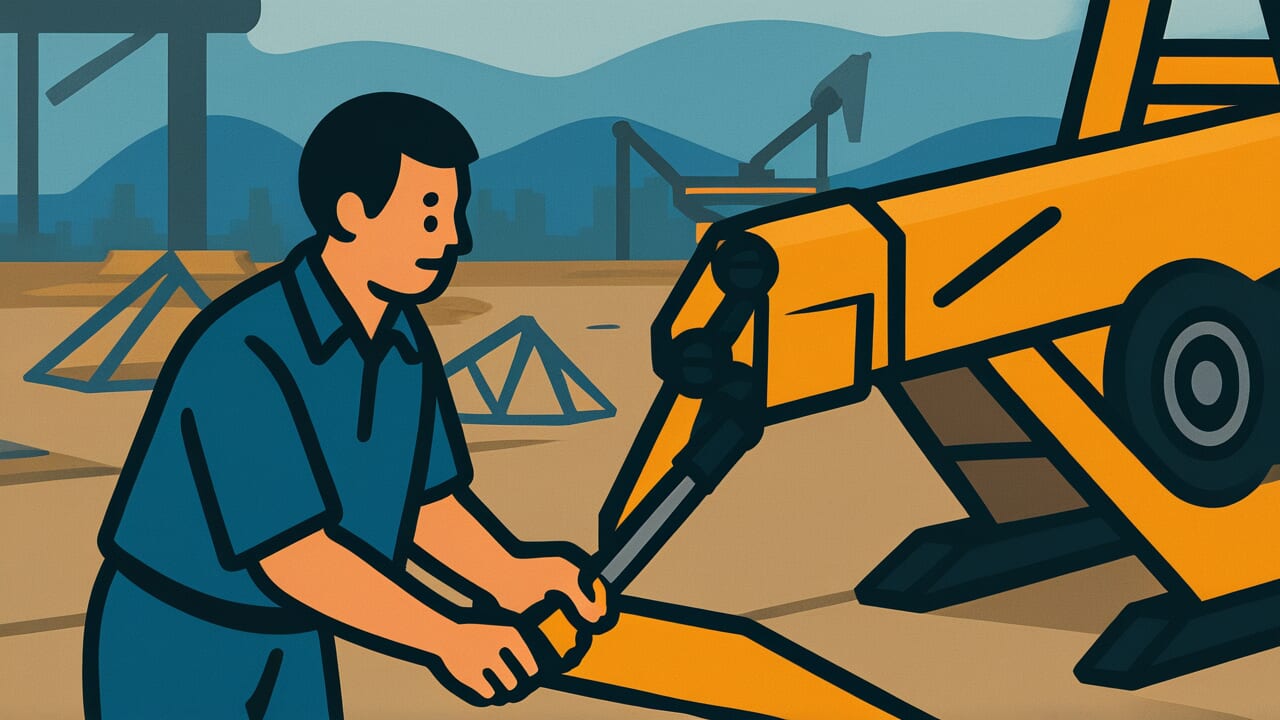How to Read “Even a crane’s shin should not be cut”
Tsuru no sune mo kiru bekarazu
Meaning of “Even a crane’s shin should not be cut”
“Even a crane’s shin should not be cut” is a proverb that warns against carelessly cutting away even the smallest-seeming parts.
This proverb is used when reducing or eliminating something. Budget cuts, staff reductions, or simplifying plans are typical situations.
When people seek efficiency, they often think “this must be unnecessary.” That’s when this saying comes to mind.
Elements that seem unimportant at first glance may actually play crucial roles supporting the whole. Like a crane’s thin shin, they don’t stand out.
But without them, the entire structure falls apart.
Modern society tends to emphasize efficiency and cost reduction. This proverb encourages careful judgment instead.
What appears to be superficial waste might actually be essential. Once you cut it away, regret comes too late.
You must assess the overall balance and avoid hasty decisions. This is the wisdom our ancestors left us.
Origin and Etymology
No clear written records explain this proverb’s origin. However, we can make interesting observations from its structure.
Cranes have been considered sacred birds in Japan since ancient times. They symbolize longevity.
Their graceful, beautiful form appears in countless works of art. The proverb’s focus on the crane’s “shin” holds deep meaning.
A crane’s shin is thin and seems insignificant at first glance. Yet this thin shin allows the crane to stand gracefully and walk beautifully.
If you cut the shin, even magnificent wings and beautiful feathers become useless.
This expression likely emerged from common people’s wisdom during the Edo period. People then lived in a culture that cherished possessions and disliked waste.
They expressed through the familiar crane how even tiny parts play vital roles supporting the whole.
Using the prohibitive phrase “should not be cut” adds strong warning against rash judgment. It also warns about irreversibility.
Once you cut something away, you cannot undo it.
Interesting Facts
A crane’s shin is actually an extremely important body part. Cranes search for food in wetlands, walking through water on their long shins.
These shins contain not just muscles but also temperature regulation functions. They have mechanisms to maintain body temperature even in cold water.
Despite their thin appearance, they possess sophisticated functions essential for survival.
Records show that Edo period merchant houses invoked this proverb regarding bookkeeping decimals and small expenses.
The accumulation of every sen and mon formed the foundation of business. The saying warned against dismissing small expenditures.
Usage Examples
- There’s talk of merging this department because it has few people, but even a crane’s shin should not be cut—they do highly specialized work, so we should think carefully
- A proposal to reduce the library budget has come up, but as they say, even a crane’s shin should not be cut—we shouldn’t carelessly cut parts that relate to education’s foundation
Universal Wisdom
Humans tend to value what’s visible and dismiss what’s inconspicuous. We recognize value in large, impressive things.
But we think small, plain things “probably won’t be missed.”
However, most things in the world are supported by invisible parts. Building foundations, tiny screws in machines, behind-the-scenes work in organizations.
These go unnoticed normally, but without them, everything collapses.
This proverb has been passed down because humans repeatedly make the same mistakes. In pursuing efficiency, we cut away precious things.
Then after losing them, we realize their importance.
Our ancestors deeply understood this human nature. That’s why they used the beautiful crane to leave a memorable lesson.
The concrete image of thin shins stays in our hearts far better than abstract lectures.
Having eyes that see the whole picture. Not flowing with superficial judgments. Finding great value in small things.
This is timeless wisdom that humans must continue learning, regardless of era.
When AI Hears This
A crane’s shin length is actually determined by multiple constraint conditions acting simultaneously. Too long means insufficient bone strength to support body weight.
Too short means inability to catch food in deep water. Additionally, air resistance during flight, blood circulation efficiency, and surface area for temperature regulation interact.
At least seven factors are intertwined. That length isn’t “just right”—it’s the only possible solution.
This structure resembles what engineering calls an “over-constrained system.” In bridge design, solutions simultaneously satisfying strength, weight, cost, and wind resistance are extremely limited.
Making one pillar slightly thinner disrupts the entire balance, rendering it useless. Crane shins work the same way.
Research reports show that shortening them by just five centimeters reduces foraging efficiency by over 30 percent.
The same phenomenon occurs in human-made systems. In corporate organization charts, departments that seem wasteful might actually be buffers preventing information delays.
School rules that appear meaningless might be safety devices preventing unexpected troubles. Elements that seem superficially wasteful most likely exist to satisfy multiple constraints simultaneously.
By the time you notice after cutting them, you cannot restore them.
Lessons for Today
Modern society buzzes with phrases like “selection and concentration” and “efficiency.” We’re constantly asked to cut something away.
But this proverb gives us time to stop and think.
When you’re about to cut something, is it truly unnecessary? Though inconspicuous on the surface, it might be a vital element supporting the whole.
The same applies to human relationships. Connections with people you don’t normally notice might support you when it matters.
What’s important is having a perspective that surveys the whole. How do individual elements relate and what roles do they play?
You need effort to observe and understand over time.
Don’t rush to conclusions. Irreplaceable value might hide within what seems small.
Once you cut it away and regret it, you cannot restore it. Carefully and thoroughly cultivate eyes that discern the essence of things.
That is the warm yet stern teaching this proverb gives us living in modern times.



Comments